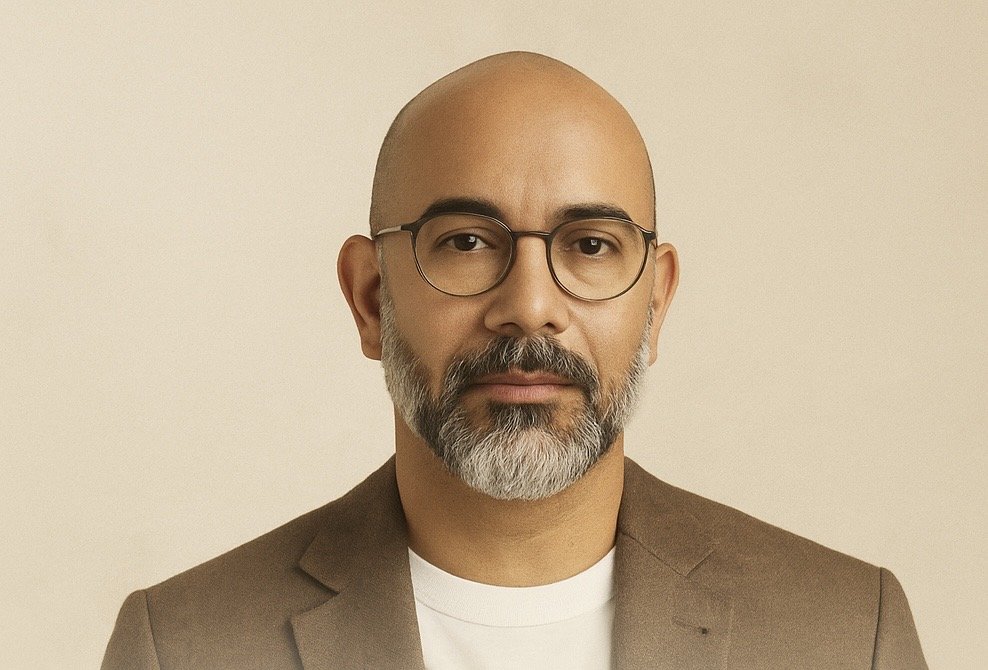The Heart’s Hidden Brain: When the Heart Speaks Louder Than the Mind
- Dr. Wil Rodriguez

- Aug 7
- 3 min read
By Dr. Wil Rodríguez | TOCSIN Magazine

“Listen—not just with your ears, but with your heart. In its silent language, it speaks truths your mind cannot yet hear.”
I. A Historical Pulse: Who First Discovered the Heart’s ‘Little Brain’?
Our journey into the heart’s intrinsic nervous system begins well before modern neuroscience. In 1753, Albrecht von Haller identified the heart’s automaticity—its ability to beat independently—even outside the body.
But it was in 1991 when Dr. J. Andrew Armour, M.D., Ph.D. formally introduced the concept of the heart’s “little brain,” describing a complex network of approximately 40,000 neurons embedded in cardiac tissue that could independently regulate the heart.
This network, known as the Intrinsic Cardiac Nervous System (ICNS), comprises afferent, efferent, and interneurons organized in ganglia and plexuses around the sinoatrial and atrioventricular nodes. It can modulate rhythm and adapt to stress without central brain input—vivid evidence of heart autonomy.
Advanced mapping techniques have since produced the first 3D models of this intracardiac neural network, revealing nuanced organization—different in males vs. females—and illuminating its role in cardiac health.
II. How the Heart Really Communicates
The heart transmits vastly more information to the brain than the reverse, through neural, biochemical, electromagnetic, and biophysical pathways. Vagal afferents alone regulate how emotion and expectation alter perception and pain.
Technologies like vagus nerve stimulation and heart-rhythm coherence feedback demonstrate that targeting the heart can modulate brain function and emotional states.
III. Dr. Joe Dispenza: Bridging Science and Spirit
In contemporary conversation, Dr. Joe Dispenza emphasizes how intentional emotional states—like gratitude or compassion—create heart coherence, aligning heart rhythm with brain waves to foster intuition, clarity, and resilience.
He describes the heart as both an intelligence center and an energy conductor, stating that when heart coherence is achieved, the heart sends a signal to the brain: “It’s safe to create.” This cue shifts the brain into more coherent states—theta, alpha, beta, even gamma—unlocking creative awareness.
IV. When the Heart Speaks Louder Than the Mind
Historical and contemporary insights converge to show that in crucial moments, heart signals lead the conversation. The physiological, intuitive, and even spiritual interpretations align to suggest: the heart may guide the brain more often than we realize.
Why This Matters to You
Self-awareness rooted in physiology: Knowing that the heart plays an active role in emotional and cognitive life empowers embodied resilience.
A holistic model of wellness: Healing is not brain-only—it’s a heart-brain synergy.
Spiritual resonance grounded in science: The heart’s intelligence bridges ancient intuition with modern evidence.
Reglexion Box — Listening to Your Heart’s Wisdom
A TOCSIN Moment curated by Dr. Wil Rodríguez
Your Task Today:
Sit quietly for three minutes. Place your hand over your heart. Breathe slowly and ask,
“What is my heart telling me now that my mind can’t yet hear?”
Journal whatever arises without censoring. End with:
“I honor what my heart knows—even before my mind understands.”
Share this phrase with and awaken others to the wisdom we all carry.
Invitation to TOCSIN
At TOCSIN Magazine, we illuminate the unseen dialogues between mind, body, and spirit. If this exploration stirred something in you, imagine the collective wisdom we’d generate when we listen not just with our minds—but with our hearts, together.
Join TOCSIN.
Reflect deeply. Create courageously. Live embodied wisdom.
📍 Visit TOCSIN Magazine: tocsinmag.com
📩 Subscribe to The TOCSIN Magazine —where heart and mind speak as one.







Comments